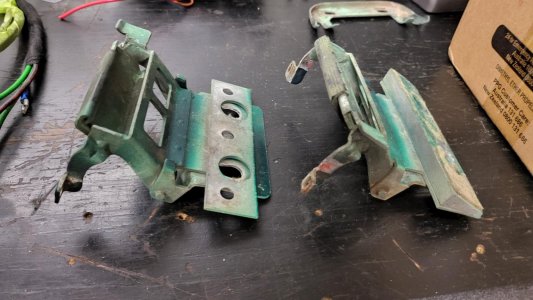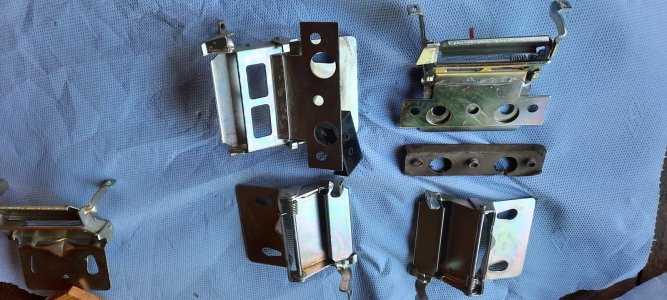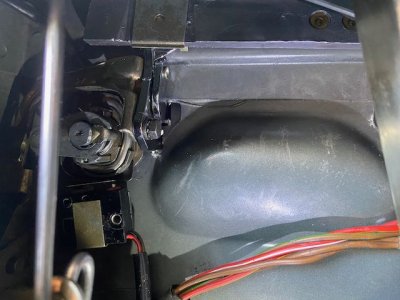Hello all,
see pic attached of internal handle mechanism on doors.
One seems to have a "lead wedge" with a felt protection strip on it, one does not.
I know nothing about the function of this part, and cannot find a clear part number on the bmw etk system.
Am 100% sure it is NLA , but would like to source one with the "lead wedge", if someone can confirm the purpose of such wedge!!
My brain cannot handle having one side not matching the other, will clearly lead to significant performance degradation of some kind.
Cheers,
Mike
see pic attached of internal handle mechanism on doors.
One seems to have a "lead wedge" with a felt protection strip on it, one does not.
I know nothing about the function of this part, and cannot find a clear part number on the bmw etk system.
Am 100% sure it is NLA , but would like to source one with the "lead wedge", if someone can confirm the purpose of such wedge!!
My brain cannot handle having one side not matching the other, will clearly lead to significant performance degradation of some kind.
Cheers,
Mike






